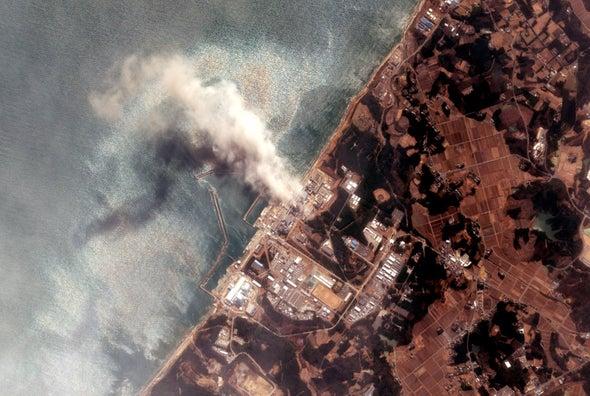How Fukushima Changed Japan’s Energy Mix
The 2011 Fukushima nuclear incident in Japan made international headlines for months, but it also changed Japanese attitudes towards nuclear energy. After a devastating tsunami hit Japan on March 11, 2011, emergency generators cooling the Fukushima nuclear power plant gave out and caused a total of three nuclear meltdowns, explosions and the release of radioactive material into the surrounding areas.

Before the incident, the Japanese had been known as steadfast supporters of nuclear energy, taking previous nuclear catastrophes at Three Mile Island (USA) or Chernobyl (Ukraine) in stride. But a meltdown on their own soil changed the minds of many citizens and kicked the anti-nuclear power movement into gear.
After mass protests, the Japanese government under then Prime Minister Yoshihiko announced plans to make Japan nuclear free by 2030 and not to rebuild any of the damaged reactors. New Prime Minister Shinzo Abe has since tried to change the nation’s mind about nuclear energy by highlighting that the technology is indeed carbon neutral and well suited to reach emission goals.
As Statista’s Katharina Buchholz notes, despite one reactor restart at Sendai power plant in Southern Japan in 2015, nuclear energy has almost vanished from Japanese electricity generation.

You will find more infographics at Statista
In 2016 (latest available), only 2 percent of energy generated in Japan came from nuclear power plants.
Coal and natural gas picked up most of the slack, but renewable sources, mainly solar energy, also grew after 2011.